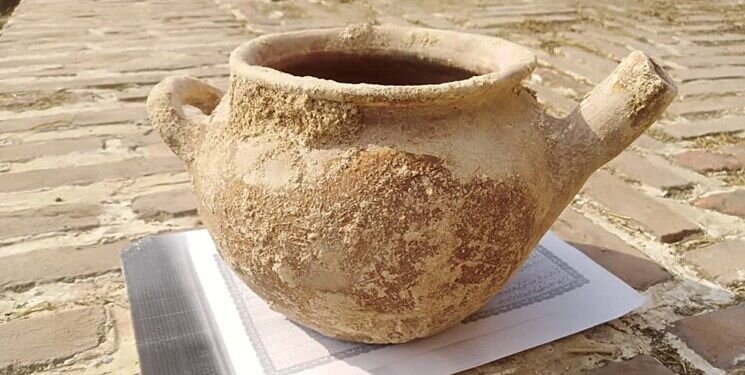Relics may hold clues to Iron Age cemetery in northern Iran

TEHRAN – The discovery of an Iron Age clay as well as the remnants of a human skeleton in the village of Valam, northern province of Mazandaran, has led experts to conclude that the area might be an ancient cemetery.
The relics, which are estimated to date back to almost 2,500 to 2,800 years ago, were discovered during road construction in the region, Mohammadreza Kordan, a senior police official in charge of protecting cultural heritage said on Sunday, IRNA reported.
All road construction operations in the area have been suspended, and the relics were handed over to archeologists for further researches, he added.
Iron Age is in fact final technological and cultural stage in the Stone–Bronze–Iron Age sequence. The date of the full Iron Age, in which this metal, for the most part, replaced bronze in implements and weapons, varied geographically, beginning in West Asia and southeastern Europe about 1200 BC but in China not until about 600 BC, according to the Encyclopedia Britannica.
Although in West Asia iron had limited use as a scarce and precious metal as early as 3,000 BC, there is no indication that people at that time recognized its superior qualities over those of bronze.
Soaked in a vibrant history, Mazandaran (also known as Tabarestan) was a cradle of civilization since the beginning of the first millennium BC.
ABU/MG
